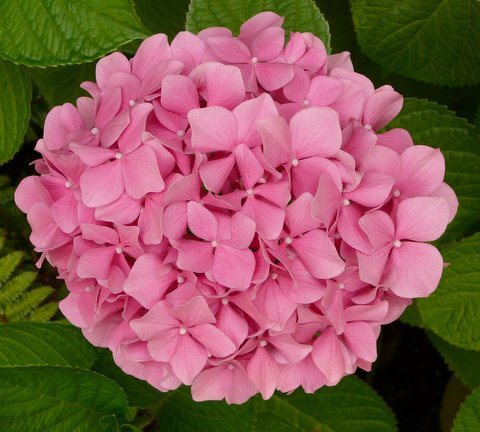The language of flowers was first developed during the Victorian Era, a period marked by the reign of England's Queen Victoria. During this time, flowers became a popular method of exchanging secretive messages. Flowers have been used to express love, desire, rejection, thanks--a variety of human emotions. Before giving blue hydrangea flowers to a loved one, understand the meaning of the flower.
Features
Hydrangea flowers are highly recognizable. The flowers grow in small, star-shaped blossoms that bloom in large clusters to completely cover hydrangea stems. Hydrangea flowers grow in a variety of colors, from white to purple, depending upon how much acid is present in the soil. The large, pom-pom-shaped flower clusters are highly fragrant.
Origins
Hydrangea flowers were discovered in Japan. The name is derived from the Grecian words for water (hydor) and jar (angos), which loosely translates into "water barrel," a reference to the bell- or cup-shaped growth pattern of the flowers. Today, hydrangea flowers are cultivated and sold around the world.

Function
Hydrangea (Hydrangea macrophylla) is a flowering shrub that grows 4 to 6 feet in height. The plant grows best in full to partial sunlight. Hydrangea flowers bloom in late spring through midsummer. The flower buds, bark, and leaves are mildly poisonous when ingested, causing stomach pains and vomiting.
Hydrangea Meaning
Hydrangea flowers convey heartfelt, deep feelings when given as a gift. More specific meanings of hydrangea flowers have been debated at length. Some floral experts say hydrangea flowers convey vanity, while others say the flowers express thankfulness to a person with an understanding nature. Under any meaning, hydrangea flowers are the blossom of choice for the fourth wedding anniversary.
Blue Meaning
Among colorists, blue is most often associated with calm and tranquility. Blue flowers are associated with comfort, peace and serenity. Devotion, hope, and stability are all associated with blue flowers, which are a popular choice at weddings.

By eHow